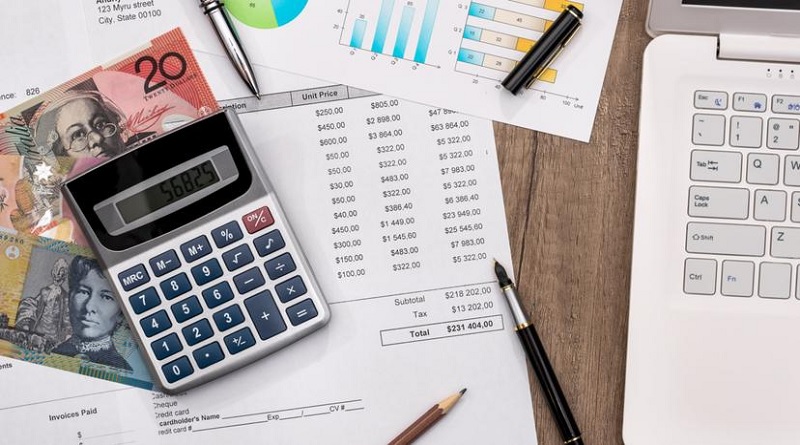SAVE BIG AT TAX TIME WITH THESE INVESTMENT TRICKS
Paying tax is a given but, for those who own or are looking to acquire an investment property, Mark Hay Realty Group Principal Mark Hay said there were a few initiatives in place to help reduce your tax burden and maximize the return on your property.
Negative gearing is your best friend
According to Mr Hay, all costs associated with the leasing out of an investment property are tax deductible.
“This means all operating costs, plus interest, are deducted from the rental income and, on a fully borrowed/geared investment, that figure is usually negative – hence the title of negative gearing,” he said.
“If the income on the rental is $15,000 and the cost, including interest, is $20,000, the $5000 loss will come off as an annual deduction from your taxable income.”
Along with offsetting the operating costs, Mr Hay said you could add the depreciation allowance, which further added to the loss or negative gearing of the property’s income.
“The tax department ruling says a new building can be depreciated for 40 years at 2.5 per cent, however you could also rightfully claim depreciation on older buildings,” he said.
“This is probably the greatest benefit for negative gearing because clearly property doesn’t depreciate, it appreciates.”
Despite its advantages, Mr Hay said negative gearing should never be a reason to purchase property.
“Negative gearing a property should only be the case while you are working,” he said.
“When you retire, you shouldn’t have negative-geared property because it will require you to prop it up with money and, during this period in your life, you should have a positive cash flow on your properties to supplement your retirement income.
“Clearly there will be little to no tax deductions when you retire.”
Maximising depreciation values
Along with claiming the operating costs of managing an investment property, Mr Hay said owners could escalate the rates of depreciation on other assets of the property, including the carpet, any hot water systems and air-conditioners. Items under $1000, such as bedding, could also be depreciated fully in the year the money was spent.
“At least one-third of the country’s investors do not claim depreciation on their investment property and millions of dollars’ worth of tax deductions go down the drain every year,” he said. “By simply engaging a quantity surveyor, a full building report with the appropriate depreciation schedule can be produced at the cost of around $500 as a one-off charge to be referred back to for the lifetime of the property.”
The 12-month tax rule
According to Mr Hay, regardless of whether you are positively, neutrally or negatively gearing your investment property, the 12-month rule legally permits investors to fast-forward their tax deductions for a whole year, with the ability to prepay costs to obtain the deduction in the year it is spent.
“A typical $400,000 investment property that is 100 per cent financed at five per cent will be eligible for a prepayment of 12 months’ interest and outgoings,” he said. “In this instance, $20,000 of interest repayments and $5000 outgoings for shire rates, insurances and more can be prepaid.”
Regardless of whether you have owned the property for a week or some time, Mr Hay said you were able to write off the next 12 months’ costs of $31,500 against your income earned in the current financial year.
“No matter how large your tax bill is, you can legitimately reduce your tax burden and receive tax dollars that would otherwise have been lost forever,” he said.
“Real estate agents, accountants and financial advisors have been advising and assisting clients to legitimately reduce their tax bills for many years using this method.”








